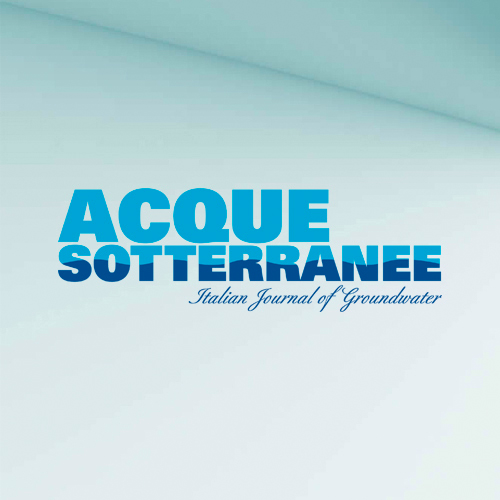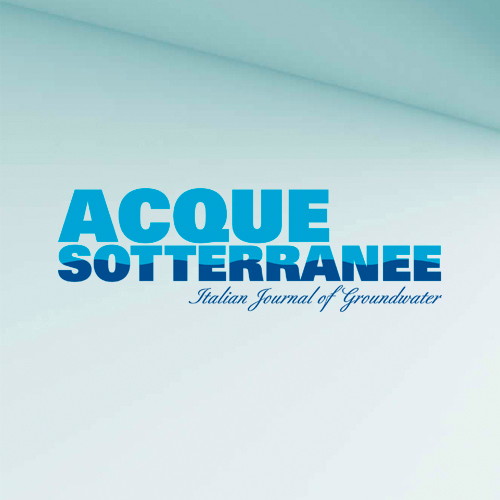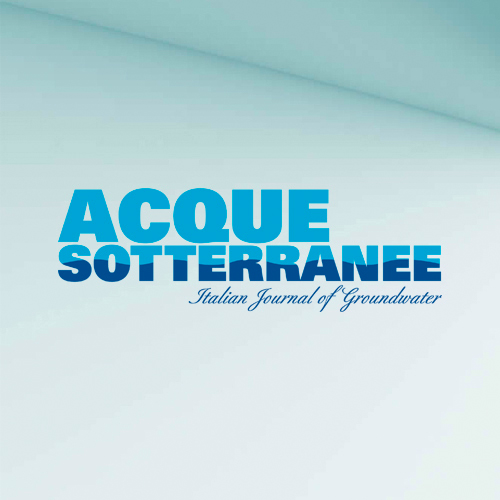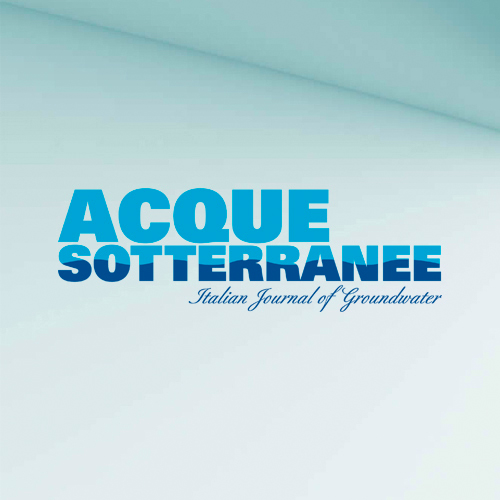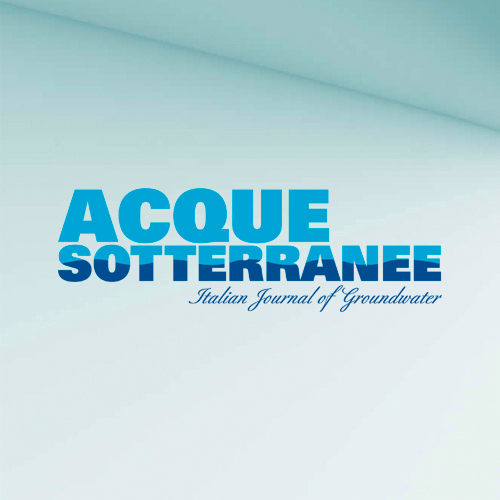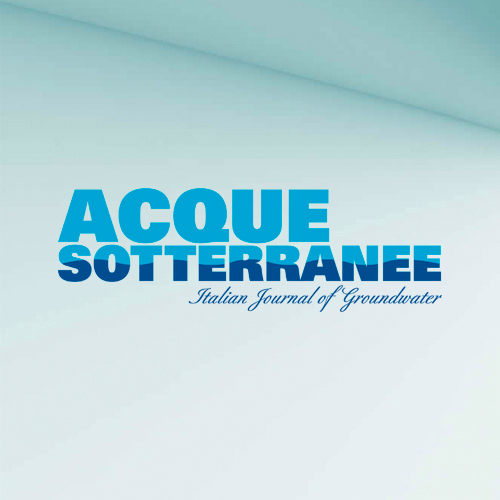Assessment of Metalaxyl migration through vadose zone of alluvial sandy soil using column experiment and HYDRUS numerical modeling
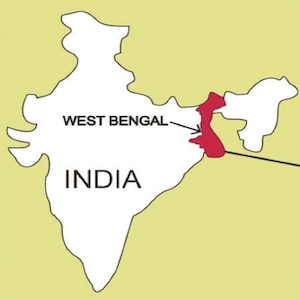
All claims expressed in this article are solely those of the authors and do not necessarily represent those of their affiliated organizations, or those of the publisher, the editors and the reviewers. Any product that may be evaluated in this article or claim that may be made by its manufacturer is not guaranteed or endorsed by the publisher.
Authors
Contemporary research on pesticides/fungicides as potential sources of groundwater contamination, including their migration pathways, especially in the Western Bengal basin (WBB), is scarce. The present research intends to study the vulnerability of groundwater towards pollution from metalaxyl. Metalaxyl is a fungicide added anthropogenically to the sandy soil of WBB for the cultivation of crops like tomatoes, potatoes and mustard. The study explores the mechanics of metalaxyl adsorption in soil and its migration to the associated groundwater system. Chemical analyses show high concentrations of metalaxyl within groundwater (472.9 μg/L, maximum amount) from the study area (Nadia district of WBB). The groundwater ubiquity score of metalaxyl (4.6) depicts that it is very much prone to leach through the sandy soils of WBB to the underlying groundwater system. The results of column leaching experiments and their congruence to the findings of numerical modelling study using HYDRUS software confirm the fact. The adsorptive resilience of the studied soils towards metalaxyl is insignificant (soils of North Chandmari (S1) =0.1087 mg/g, Ghoragacha (S2) =0.21 mg/g, and Khaldarpara (S3) =1.771 mg/g). However, the presence of excess iron concentration may enhance the adsorptive capacity of the soil toward Metalaxyl, thereby limiting its migration toward the zone of saturation.
How to Cite

This work is licensed under a Creative Commons Attribution-NonCommercial 4.0 International License.
PAGEPress has chosen to apply the Creative Commons Attribution NonCommercial 4.0 International License (CC BY-NC 4.0) to all manuscripts to be published.








